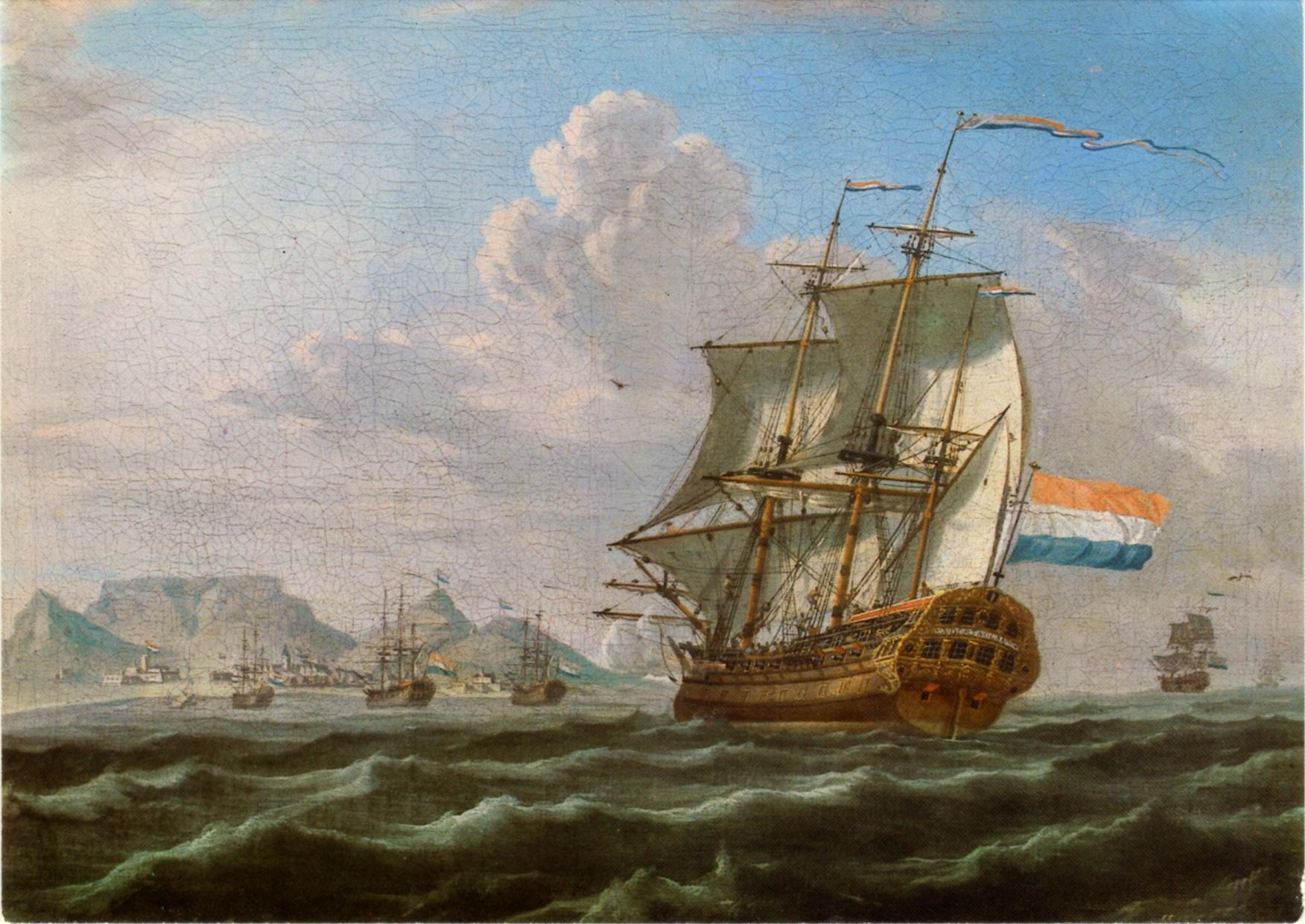There is growing amount of on-line information available in RDF format as Linked Open Data (
LOD) and a strong community very actively promotes its use. The publication of information as
LOD is also considered an important signal that the publisher is actively searching for information sharing with a world full of new potential users. Added advantages of
LOD, when well used, are the explicit semantics and high interoperability. But the problematic modelling by non-expert users offsets these advantages, which is a reason why modelling systems as
CMDI are used. The CMDI2RDF project aims to bring the
LOD advantages to the
CMDI world and make the huge store of
CMDI information available to new groups of users and at the same time offer CLARIN a powerful tool to experiment with new metadata discovery possibilities.


